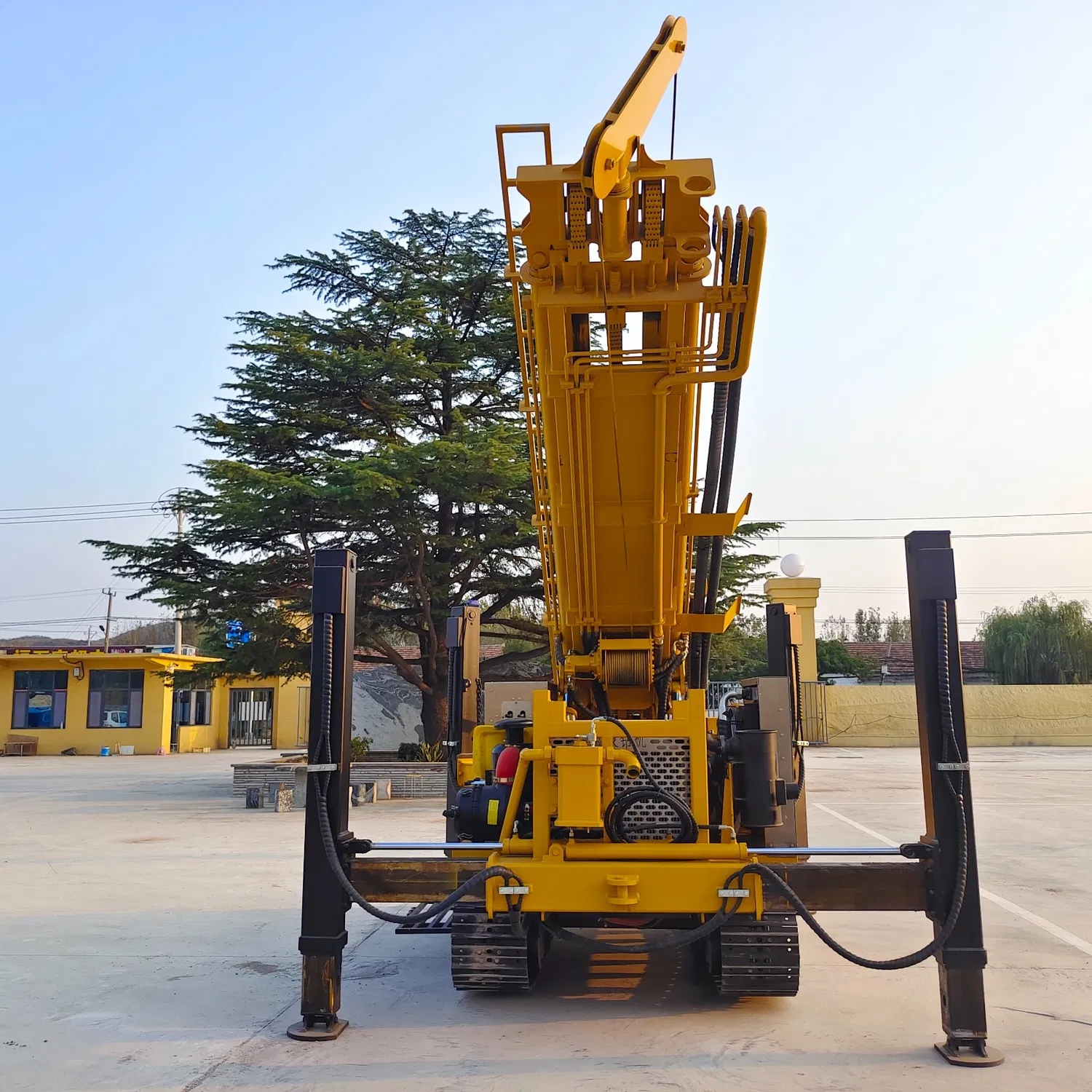How Do Water Well Drilling Rigs Handle Different Soil Types?

A: Many modern water well drilling rigs are designed to adapt to diverse soil types, thanks to interchangeable components and adjustable drilling techniques. However, success depends on matching the right tools and methods to each soil type.
For clay: Clay is dense and can stick to drill bits, causing clogging. Rigs use “mud rotary” systems here—drilling fluid (mud) lubricates the bit, breaks up clay, and carries cuttings to the surface. Auger bits with wide, spiral blades also work well, as they “scoop” clay efficiently. Operators may adjust rotation speed to prevent overheating, as clay generates friction.
For sand: Sand is loose and can collapse into the borehole, so stability is key. Rigs often use casing—metal or PVC pipes inserted as drilling progresses—to hold the hole open. Rotary bits with carbide teeth or diamond segments cut through sand effectively, while the mud system helps suspend sand particles and prevent them from settling back into the hole. In very loose sand, “air rotary” drilling (using compressed air instead of mud) may be used to blow cuttings out, reducing clogging.
For rocky terrain: Hard rock (granite, basalt) requires high-torque rigs with specialized bits. Roller cone bits, with rotating metal cones embedded with tungsten carbide, crush rock through impact. Diamond bits, using industrial diamonds, grind through rock with precision, ideal for very hard formations. Percussion rigs are also effective here, using repeated hammering to break rock into small fragments, which are then flushed out with water or air.
For mixed soils: Rigs with quick-change bit systems allow operators to switch between augers, roller cones, or diamond bits as they encounter different layers. The mud or air system can also be adjusted—for example, switching from mud to air when transitioning from clay to sand to avoid excessive fluid weight.
A professional driller will assess your soil using test holes or geological maps, then configure the rig with the right bits, casing, and drilling fluid to handle your property’s specific mix of clay, sand, and rock. In most cases, a single well-equipped rig can tackle the job.
